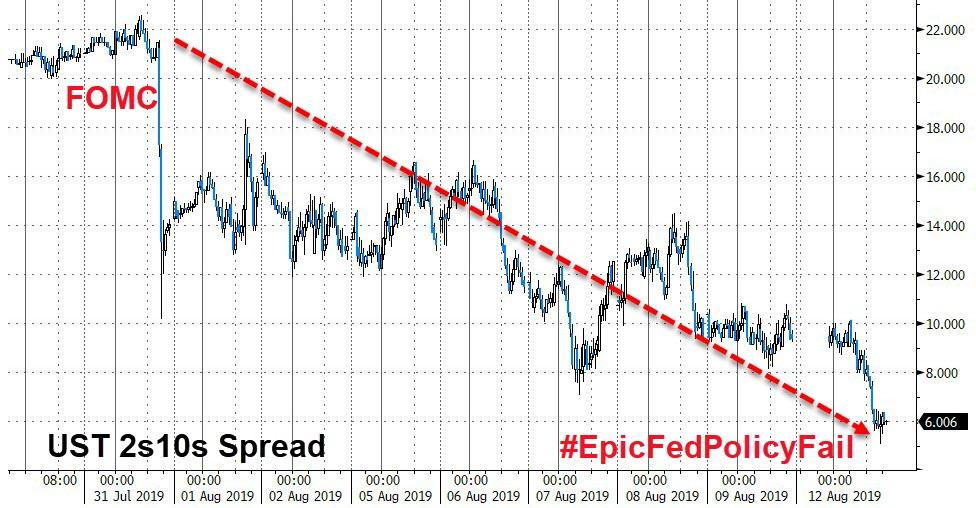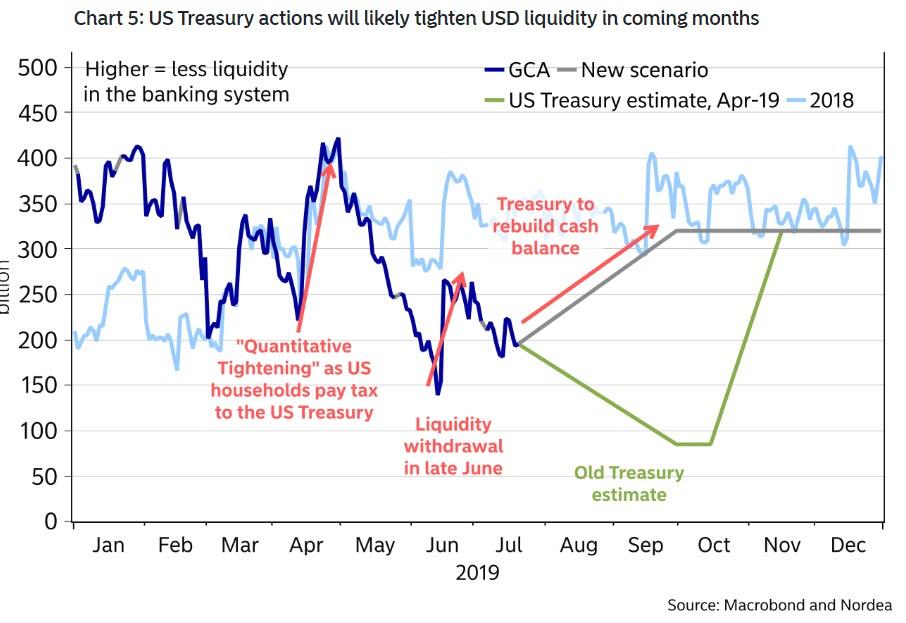From Day v. Dodge, a decision handed down earlier this year by New London County (Conn.) Judge Kimberly A. Knox, but just posted on Westlaw a few days ago:
With regard to the Defendant’s Motion to File Documents Under Seal, dated December 3rd, 2018, the court notes the following: That the plaintiffs … brought this action seeking money damages alleging defamation, invasion of privacy by false light, violation of the Right of Fair Procedure in contravention of Connecticut General Statutes Section 33-1056, intentional infliction of emotional distress, and reckless infliction of emotional distress against the defendants with regard to allegations stemming from a report made by the individual defendants that the plaintiff, Mr. Day, had assaulted his minor child during a camping excursion….
In this case, the court finds that the subject document, which is [a responsive pleading in support of the Defendant’s] Special Motion to Dismiss, is a judicial document as defined by Rosatto vs. Bridgeport Roman Catholic, at 92 Conn. 1 at 44. In that case, the Supreme Court held that judicial documents are those filed with the court upon which the court could reasonably rely on in the performance of its adjudicatory function, including discovery-related motions and their associated exhibits….
The next issue before the court is the identity of the interest to be preserved by the request to seal. In this case, … the plaintiffs’ claims arise out of the individual defendant’s reporting of an allegedly unfounded suspicion that the plaintiff Day abused a minor son during a camping trip. As such, the defendants’ claimed request in the motion to seal is to preserve the plaintiffs’ minor son’s anonymity. This is the sole interest to be preserved by sealing the document at issue. That interest must be balanced against the presumption that all materials filed with the court shall be available to the public unless there is an interest which is determined to override the public’s interest in viewing the materials at issue.
In addition, the court must decide if the proposed order is necessary to preserve the overriding interest claimed by the moving party. As I noted previously, this case does present a challenging issue. On the one hand, the defendant seeks to preserve the anonymity of the minor child.
However, by virtue of the allegations of the complaint, complete anonymity cannot be achieved. The complaint itself refers to the plaintiffs’ minor child, refers to the child as the plaintiffs’ younger son, and provides his age. In deciding whether or not the proposed order to seal the documents is necessary, the court must determine whether or not there are reasonable alternatives to sealing documents which would preserve the interest of protecting the anonymity of the minor child.
In this case, the court finds there is a reasonable alternative, which is to redact the name of the subject minor child. To the same extent as the complaint, the minor child’s name is then removed from these public records.
For these reasons, the Motion to Seal is denied, but the subject minor child’s name is ordered redacted from the pleadings.
Seems plausible to me, at least on quick review. Maximally protecting the child’s privacy, by making it impossible to identify the child, would interfere too much with the openness of court proceedings: It would require redacting the plaintiffs’ names, or redacting the nature of the allegation against the plaintiffs which led to the lawsuit. But omitting the child’s name would at least mean that a Google search for the child’s name won’t come up with any court documents that might get posted on the Internet—protecting the child’s privacy to some extent, likely with little lost to public understanding of the litigation.
If there is to be some redaction of court documents for privacy reasons, First Amendment law and the common-law right of access require the redaction to be narrowly tailored, and this at least seems like a reasonable attempt at such narrow tailoring.
from Latest – Reason.com https://ift.tt/2N0gOqQ
via IFTTT











